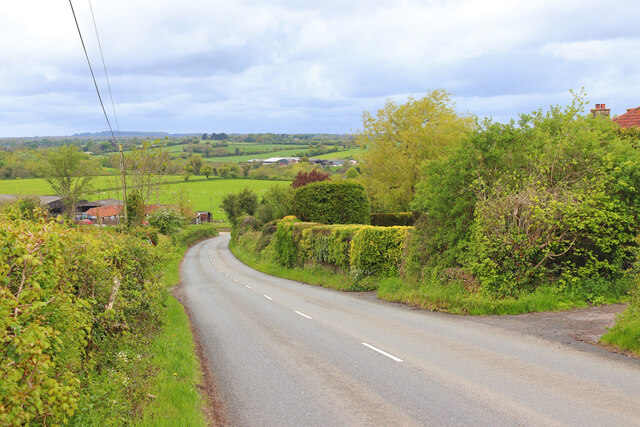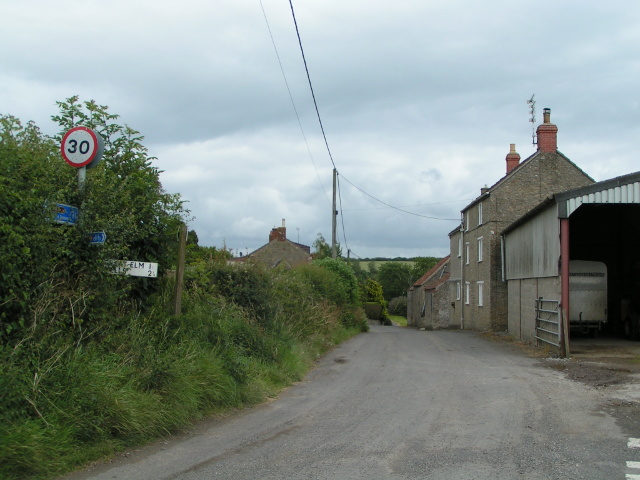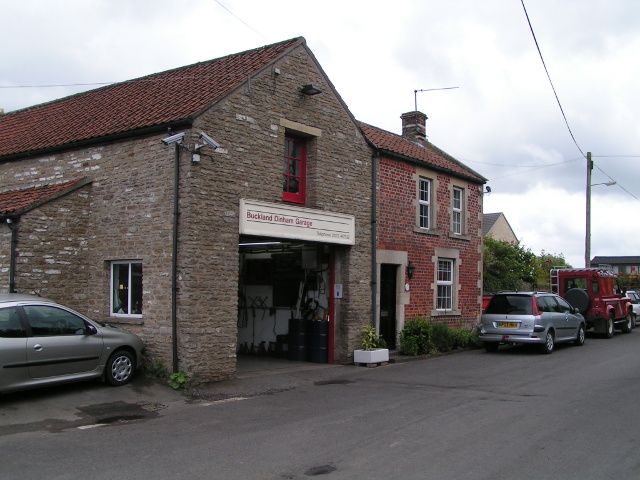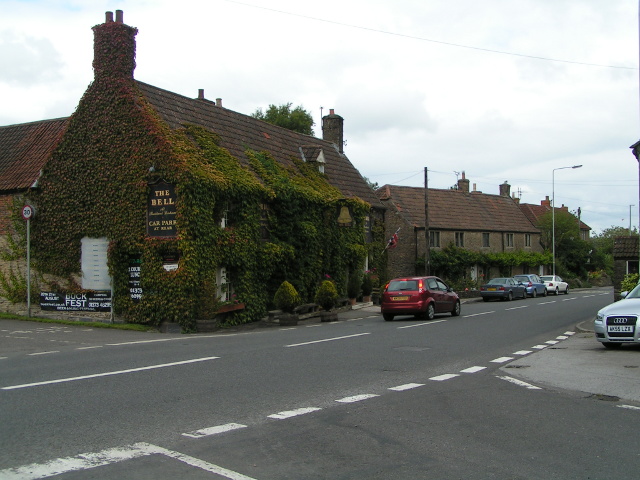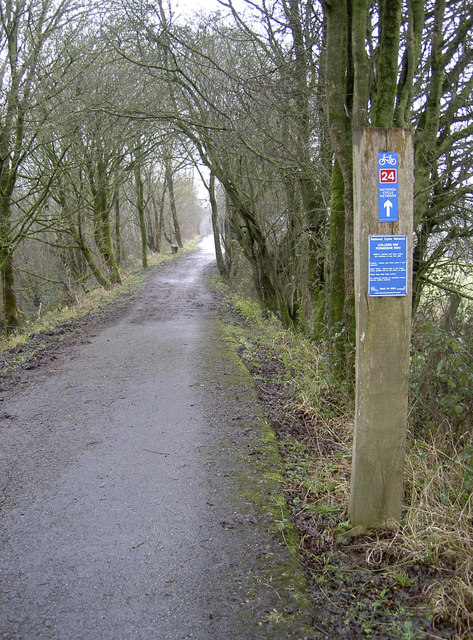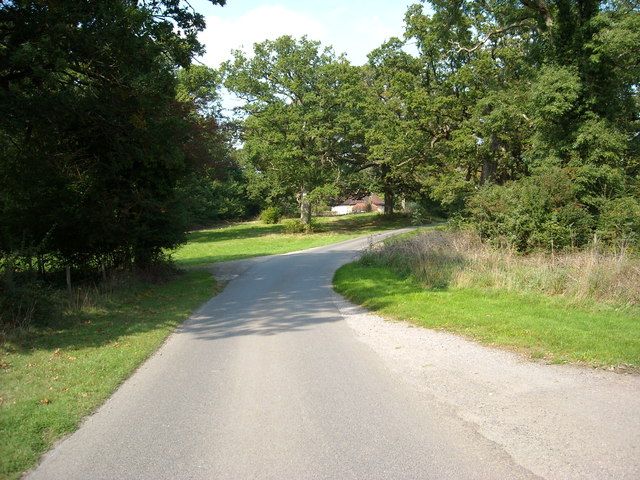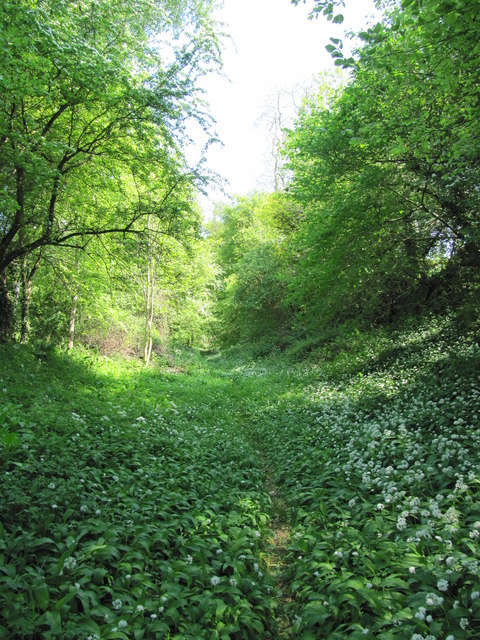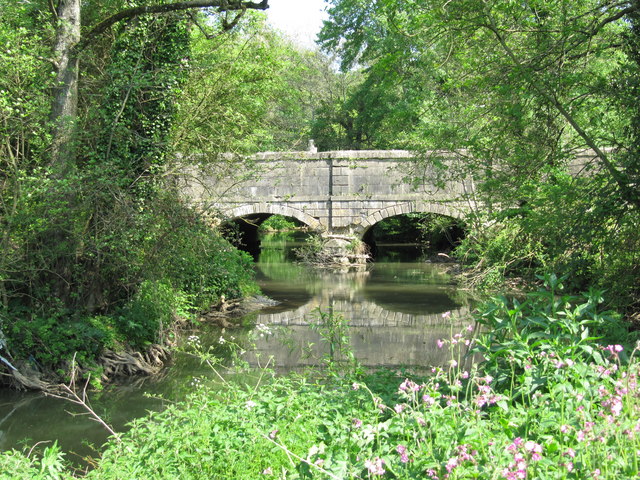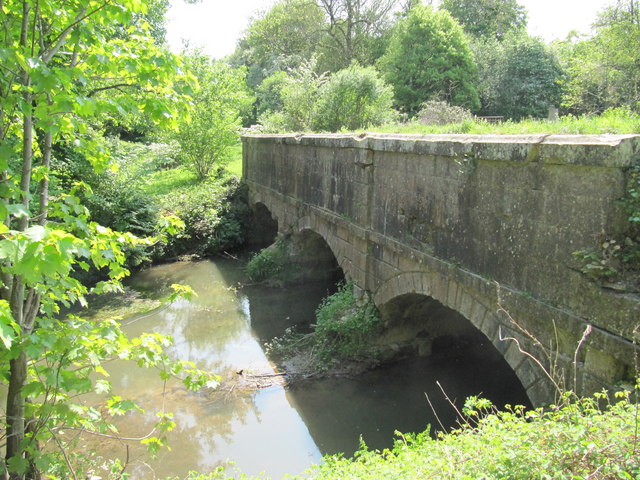Bedlam
Settlement in Somerset Mendip
England
Bedlam
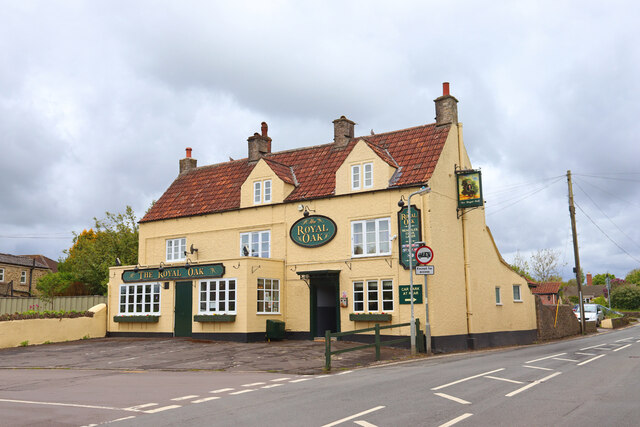
Bedlam is a small village located in the county of Somerset, England. Nestled in the picturesque Mendip Hills, it is known for its beautiful landscapes, rich history, and tranquil atmosphere. The village is situated approximately 5 miles east of the town of Shepton Mallet and 18 miles south of the city of Bath.
Bedlam is characterized by its charming stone cottages, traditional architecture, and narrow winding streets. The village is surrounded by lush green fields, rolling hills, and dense woodlands, making it an ideal destination for nature lovers and outdoor enthusiasts. The Mendip Hills offer a range of activities, including hiking, cycling, and horse riding, allowing visitors to explore the stunning countryside.
Despite its small size, Bedlam boasts a fascinating history. The village is home to several historic landmarks, including St. Mary's Church, a Grade II listed building dating back to the 12th century. The church features beautiful stained glass windows and an impressive bell tower.
In terms of amenities, Bedlam has a small local pub, providing a cozy spot for residents and visitors to socialize and enjoy refreshments. The village also benefits from its proximity to nearby towns, offering access to a wider range of services and facilities.
Overall, Bedlam, Somerset is a peaceful and idyllic village that offers a perfect retreat from the hustle and bustle of city life. Its natural beauty, rich history, and warm community make it a truly special place to visit or call home.
If you have any feedback on the listing, please let us know in the comments section below.
Bedlam Images
Images are sourced within 2km of 51.244623/-2.354264 or Grid Reference ST7549. Thanks to Geograph Open Source API. All images are credited.
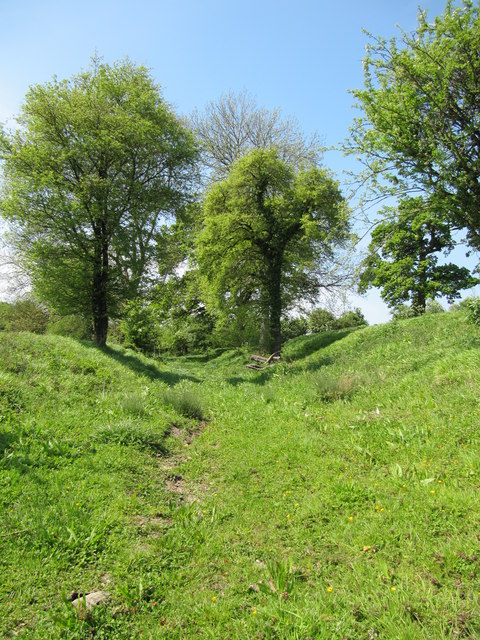
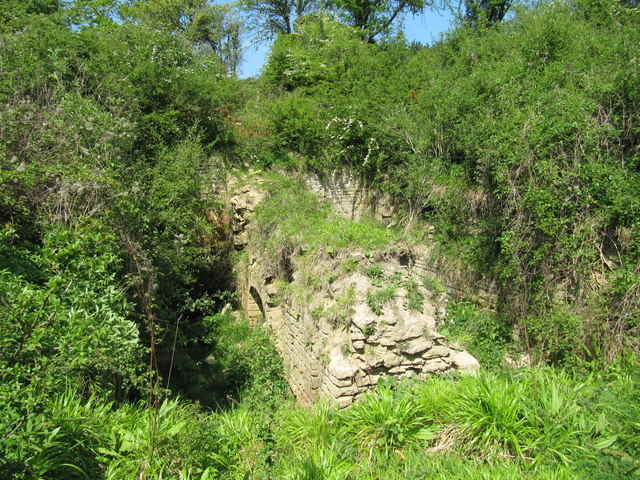
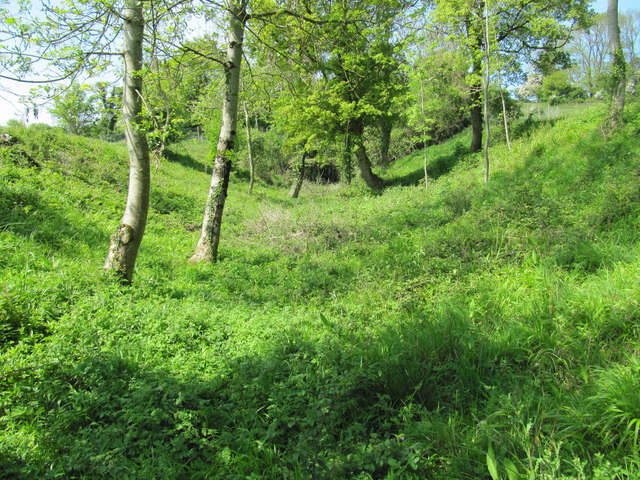
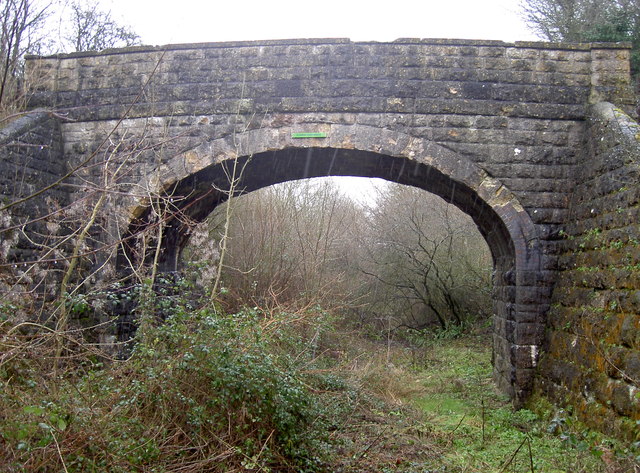
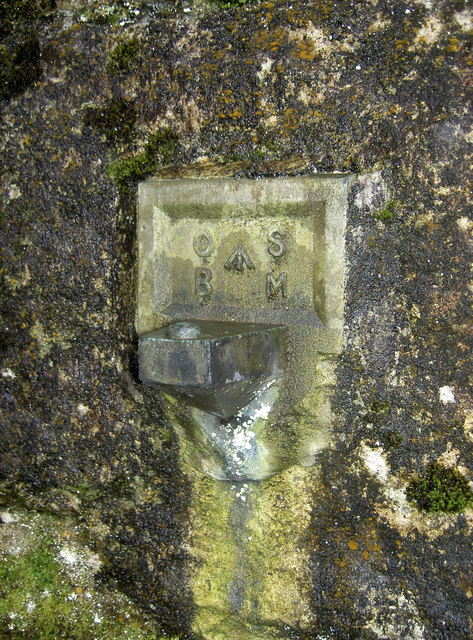
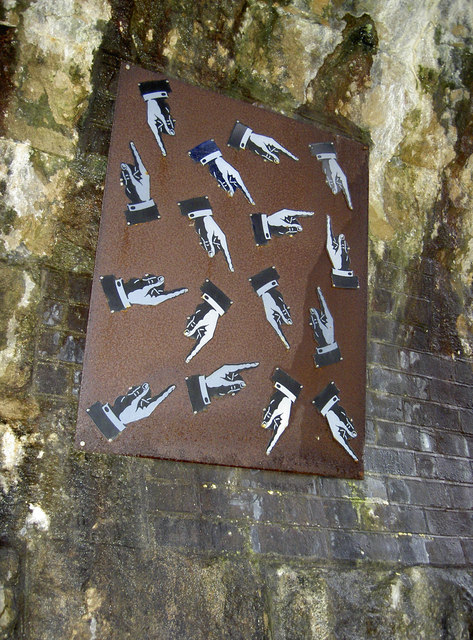
![Gate to the field A simple gate opposite Flowers Farm Bridge - see [[[3329125]] - that allows non-motorised passage to the other field on the other side of the railway. See also <a href="https://www.geograph.org.uk/photo/3330254">ST7450 : For all travellers</a> for the cattle grid here.](https://s3.geograph.org.uk/geophotos/03/33/02/3330247_6c5c9f5a.jpg)
![For all travellers Despite a simple cyclepath running alongside the old railway line, these gates are clearly designed to control a variety of wheeled, two-legged and four-legged users through. The adjoining bridge crossing the line is not one for motorised traffic as it leads to a field. See <a href="https://www.geograph.org.uk/photo/3330247">ST7450 : Gate to the field</a> for the gate and [[[3329125]] for the little bridge.](https://s2.geograph.org.uk/geophotos/03/33/02/3330254_7a6542ad.jpg)
Bedlam is located at Grid Ref: ST7549 (Lat: 51.244623, Lng: -2.354264)
Administrative County: Somerset
District: Mendip
Police Authority: Avon and Somerset
What 3 Words
///looks.inspector.scored. Near Frome, Somerset
Nearby Locations
Related Wikis
Vallis Vale
Vallis Vale (grid reference ST755490) is a 23.9 hectare biological and geological Site of Special Scientific Interest near Great Elm in Somerset, notified...
Great Elm
Great Elm is a village and civil parish between Mells and Frome in the Mendip district of Somerset, England. The parish includes the hamlet of Hapsford...
Murtry Aqueduct
Murtry Aqueduct is a three-arched aqueduct that was intended to carry the Dorset and Somerset Canal over the Mells River, near Frome in Somerset, England...
Tedbury Camp
Tedbury Camp is a multivallate Iron Age promontory hill fort defended by two parallel banks near Great Elm, Somerset, England. == Background == Hill forts...
Wadbury Camp
Wadbury Camp is a promontory fort in Somerset, England that protected the mining district of the Mendip Hills in pre-Roman times. It seems to have been...
Old Iron Works, Mells
Old Iron Works, Mells (Fussells' Lower Works) (grid reference ST738488) is a 0.25 hectare biological Site of Special Scientific Interest, in the Wadbury...
Buckland Dinham
Buckland Dinham is a small village near Frome in Somerset, England. The village has a population of 381. The village's main industry is farming (arable...
Church of the Holy Trinity, Frome
The Frome Holy Trinity in Frome, Somerset, England was built in 1837. It is a Grade II* listed building. == History == The church was built in 1837, by...
Nearby Amenities
Located within 500m of 51.244623,-2.354264Have you been to Bedlam?
Leave your review of Bedlam below (or comments, questions and feedback).
